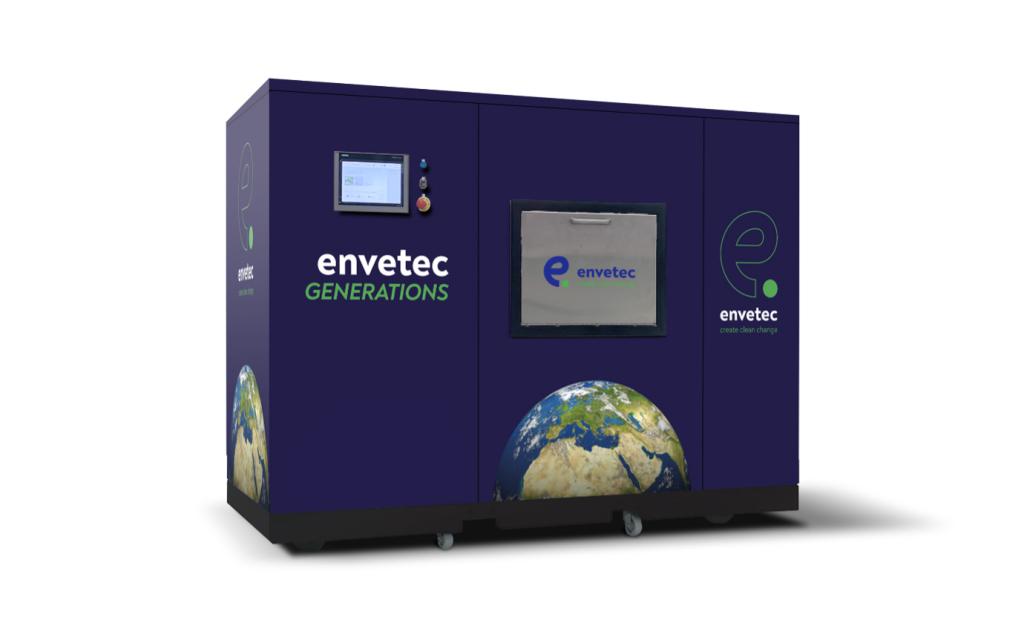What Does the EU’s CSRD Mean for Life Sciences in Europe?
Understanding the CSRD and its Impact on Life Sciences
The European Union’s Corporate Sustainability Reporting Directive (CSRD) represents a significant shift in how companies report their sustainability performance. This new directive presents both challenges and opportunities for the Life Sciences industry, known for its innovation and positive impact on quality of life, but also for its resource-intensive operations and reliance on single-use materials and complex supply chains. With expanded reporting requirements, the CSRD emphasises the need for comprehensive assessment and reduction of emissions, especially concerning waste recycling and waste treatment.
This blog post explores the CSRD, its implications for Life Sciences organisations, and how sustainable biohazard waste management can be a cornerstone for compliance and operational excellence.

CSRD: Ushering in a New Era of Sustainability Reporting
The CSRD replaces the Non-Financial Reporting Directive (NFRD), significantly broadening the scope of sustainability reporting. It applies to all large companies and listed SMEs operating in the EU, encompassing approximately 50,000 organisations—a substantial increase from the 11,700 under the previous framework.
Key elements of the CSRD include:
- Comprehensive Disclosure Requirements: Companies must provide detailed data on environmental, social, and governance (ESG) performance.
- Adherence to the European Sustainability Reporting Standards (ESRS): These standards define how data should be collected and reported.
- A Strict Timeline: Reporting obligations commence in 2025, based on 2024 financial year data.
For the Life Sciences industry, the directive’s focus on environmental impacts, including waste and carbon emissions, is particularly relevant.
Scope 3 Emissions: Unmasking the Hidden Challenge
Scope 3 emissions, often the largest and most challenging to manage, encompass all indirect emissions across a company’s value chain. For Life Sciences companies, these emissions arise from various activities, including:
- Procurement of Raw Materials: Examples include plastics used in medical devices or laboratory settings.
- Waste Disposal: This includes biomedical waste and packaging.
- Logistics and Transportation: Covering both upstream and downstream activities.
The complexity of tracking and reporting Scope 3 emissions is amplified by the sector’s need for stringent regulatory compliance. However, addressing these emissions is essential for both CSRD compliance and long-term sustainability.
CSRD Opportunities: Waste Management as a Path to Compliance
Waste management presents a significant opportunity for Life Sciences companies to demonstrate measurable progress under the CSRD. The sector generates substantial volumes of clinical waste collection, such as biohazardous plastics, traditionally incinerated. While effective for disposal, incineration is carbon-intensive and hinders circular economy efforts. Novel technologies, such as Envetec’s GENERATIONS technology, offer solutions for tackling this emission source in a CSRD-compliant manner.
Adopting sustainable waste practices can help organisations:
- Reduce Carbon Footprints: Advanced technologies minimise emissions by eliminating transportation and incineration.
- Enable Material Recycling: High-grade plastics and other materials can be reintegrated into supply chains.
- Enhance ESG Reporting: Improved waste handling demonstrates accountability and aligns with CSRD requirements.
By transitioning to innovative waste management methods, companies can address Scope 3 emissions and establish themselves as sustainability leaders.
Envetec: Partnering for Sustainable Waste Solutions
Envetec’s GENERATIONS technology offers a novel approach to biohazardous waste recycling tailored for the Life Sciences sector. By shredding and disinfecting biohazardous and regulated waste on-site, GENERATIONS provides an environmentally friendly alternative to traditional disposal methods.
Key benefits include:
- Significant Carbon Reductions: Up to 90% fewer emissions compared to incineration.
- Water Savings: Reducing water use by up to 70% compared to autoclaves.
- Recyclable Outputs: Converting waste into high-value recyclable flake, supporting circular economy goals.
- Enhanced Scope 3 Impact: Localised waste treatment eliminates transportation emissions and reduces risks associated with transporting live waste.


Embracing the Future of Sustainable Life Sciences
The CSRD emphasises the need for Life Sciences organisations to prioritise sustainability across their operations. Addressing Scope 3 emissions and adopting innovative, sustainable solutions are not merely regulatory requirements but opportunities for positive change and business growth. By leveraging technologies like Envetec’s GENERATIONS system, companies can minimise their environmental impact while enhancing ESG performance. In the evolving landscape of the CSRD, proactive adoption of sustainable innovation will be a key differentiator for market leaders. Is your organisation prepared for the CSRD? Contact us to explore how we can collaborate to create clean change.